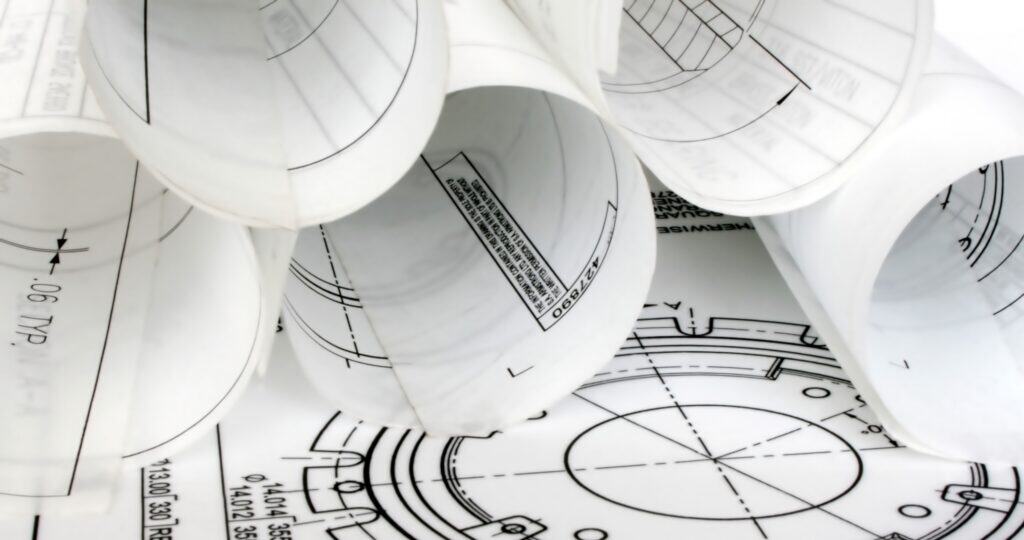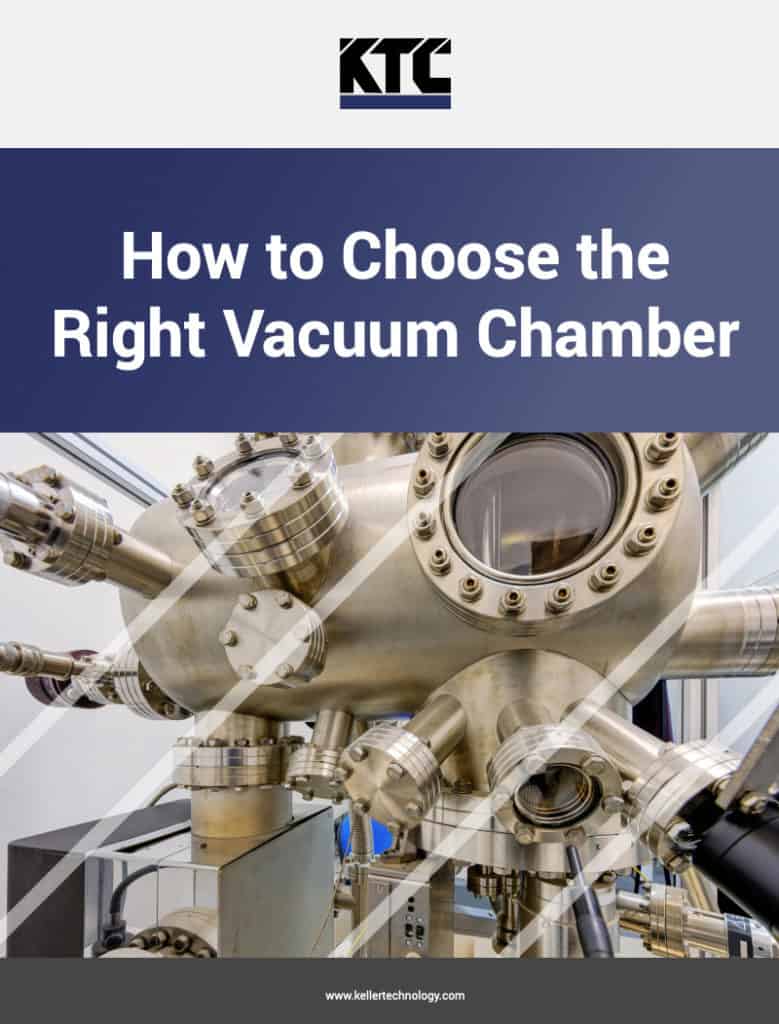6 Reasons to Document Changes to Your Manufacturing Equipment
As you are designing machinery, how often does your design change? How often do you provide the engineering and technical documentation for those changes?

As a machine builder and contract manufacturer of complex equipment, Keller Technology Corporation, we understand that the manufacturing environment is dynamic. Custom equipment design and drawing packages will often contain errors that need to be corrected. Customers may initiate changes to the design on the fly necessitating changes to the drawing package. As these changes occur, the importance of diligently providing engineering documentation for each modification is vital—not only for maintaining the quality and reliability of manufacturing outputs but also for compliance with industry regulations and ensuring uniformity in subsequent machine builds. In this blog post, we’ll consider 6 reasons why you should provide engineering and technical documentation for any changes in your custom equipment design.
1. Enhance Traceability and Accountability
Changes in engineering designs are inevitable. When these modifications are made, updating the original assembly drawings, detail drawings, and bill of materials (BOM) with technical documentation and precise changes ensures a traceable audit trail. This traceability is critical not only for understanding the evolution of a product but also for maintaining accountability throughout the product’s lifecycle. It allows teams to track back through the design process to pinpoint when a change was made, who authorized it, and why it was necessary.
2. Ensure Consistency and Quality Control
Documenting design changes in the original documentation is vital for maintaining consistency across the project. For engineers and manufacturers, having an up-to-date drawing package means that everyone involved is working from the same script, significantly reducing the risk of errors. For instance, if a CAD design is revised but the change is not reflected in the detailed drawings or BOM, the discrepancy can lead to manufacturing defects, increased costs, and wasted time. By keeping all documents aligned, teams ensure that the product adheres to the intended design specifications, thereby enhancing the quality, consistency and reliability of the end product.
3. Facilitate Effective Communication and Collaboration
With geographically dispersed work environments, engineering projects often involve multiple teams spread across various locations. Documenting every design change in a master file or package helps streamline communication among various stakeholders, including designers, engineers, suppliers, and clients. This documentation acts as a single source of truth that all parties can refer to, minimizing misunderstandings and conflicts. Moreover, for projects involving multiple revisions, having a well-documented history of changes makes it easier for new team members to get up to speed and contribute effectively.
4. Support Regulatory Compliance and Legal Protection
Many industries are governed by stringent regulatory standards that require compliance throughout the design and manufacturing processes. Proper documentation of all design changes is often a legal requirement under these regulations. This can be particularly crucial in sectors such as aerospace, automotive, and healthcare, where safety is paramount. Moreover, in the event of legal disputes or product liability issues, comprehensive, accurate, and technical documentation can provide essential evidence that critical processes were followed, potentially mitigating legal risks.
5. Improve Maintenance and Future Modifications
The benefits of documenting design changes extend into the post-production phase as well. For maintenance engineers and technicians, having access to the latest detailed drawings and BOMs that reflect all changes is invaluable. This information can significantly expedite troubleshooting, repairs, and replacements. Additionally, when future modifications are required, a complete and updated documentation package provides a reliable foundation for further changes, ensuring that improvements are built on a thorough understanding of the existing design. An up to date set of documentation is also critical for ensuring the correct spares are ordered and stocked.
6. Prepare for Future Machine Builds
Once the first version of a machine is built, documenting design changes is crucial for subsequent or next-gen build success. These records provide a blueprint that captures machine evolution, helping engineers understand adjustments made, their necessity, and their impact on performance. This historical data is key to avoiding past errors and replicating successful designs in new iterations. By leveraging the documented history of the initial machinery, companies can streamline the development process, enhance future models, and reduce deployment costs and schedule. This approach ensures each new generation is more refined and efficient, fostering continuous improvement and innovation in manufacturing.
Your Trusted Build-to-Print Partner
With over a century of unmatched expertise and a global reputation for excellence, Keller Technology Corporation is the perfect choice for companies seeking cutting-edge manufacturing partner. From meticulous documentation to precision fabrication and seamless system integration, we possess the technical prowess and experience to bring your vision to life. Contact us today and tell us about your project!






